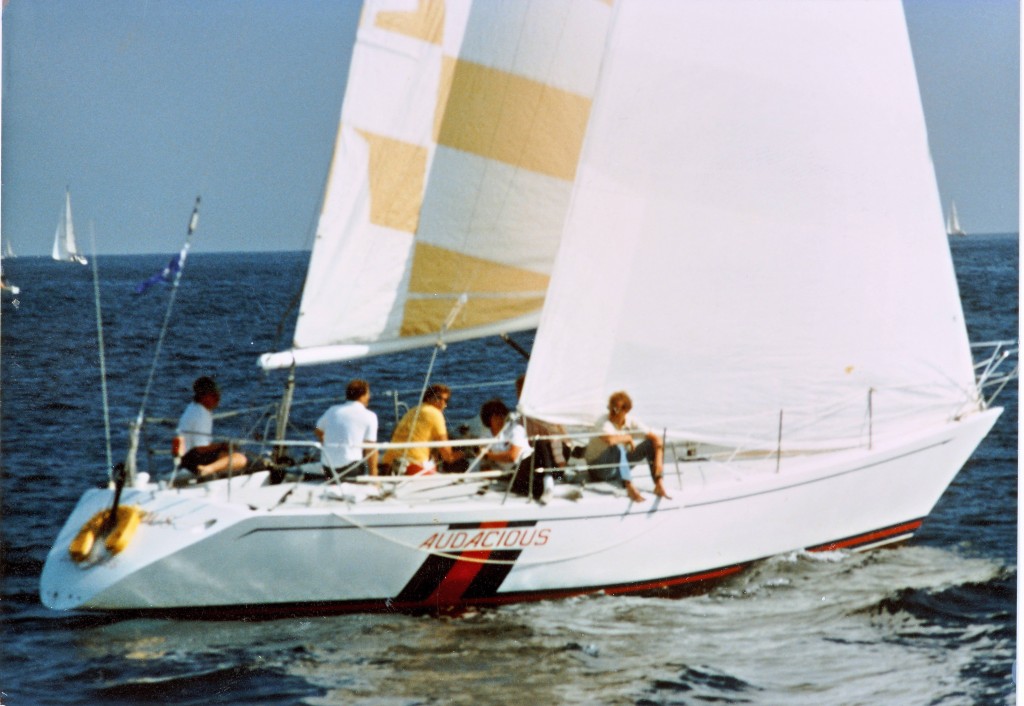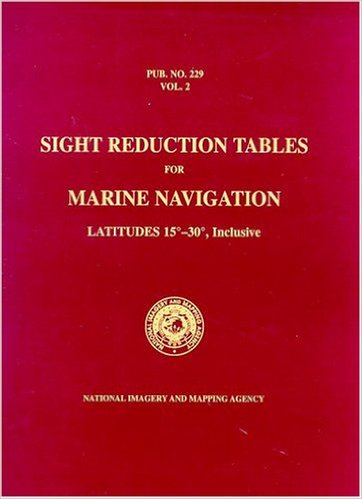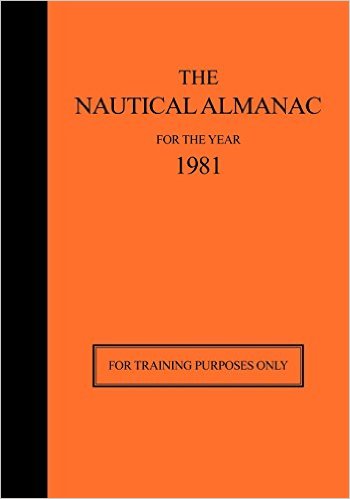In 1981, I sailed my 40 foot sailboat to Hawaii in the Transpacific Yacht Race. That year some large yachts had what were called “Sat Nav ” receivers aboard to track a system of satellites that required continuous tracking and took quite a bit of electrical power. It is now called “Transit” or “navSat”
Thousands of warships, freighters and private watercraft used Transit from 1967 until 1991. In the 1970s, the Soviet Union started launching their own satellite navigation system Parus (military) / Tsikada (civilian), that is still in use today besides the next generation GLONASS.[10] Some Soviet warships were equipped with Motorola NavSat receivers.
My small sailboat could not use such a system. It drew about an amp an hour, far too great a drain on my battery. For that reason I used a sextant and sight tables like these, which are published for the latitudes to be sailed.
That volume is published for latitudes 15 degrees to 30 degrees, which are the ones we most sailed. Hawaii is at about 20 degrees north and Los Angeles is 35 degrees north. The sight tables provide a set of observations that can be compared with an annual book called a “Nautical Almanac.” As it happens, the Nautical Almanac for 1981 is used for training and is still in print.
The third component, besides the sextant, of course, is a star finder, like like this one, to aid with navigational stars.
The whole system is called Celestial Navigation.
The first thing one needs is an accurate clock. This is the reason why sailing ships need a chronometer in the 18th century.
Harrison solved the precision problems with his much smaller H4 chronometer design in 1761. H4 looked much like a large five-inch (12 cm) diameter pocket watch. In 1761, Harrison submitted H4 for the £20,000 longitude prize. His design used a fast-beating balance wheel controlled by a temperature-compensated spiral spring. These features remained in use until stable electronic oscillators allowed very accurate portable timepieces to be made at affordable cost. In 1767, the Board of Longitude published a description of his work in The Principles of Mr. Harrison’s time-keeper.


